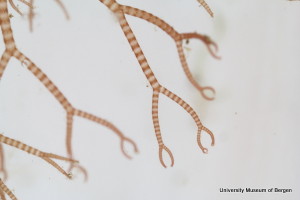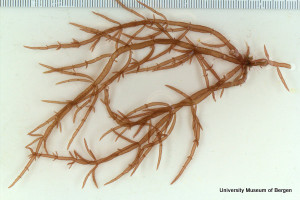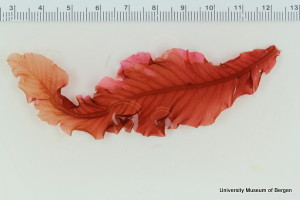The week flew by in a flurry of Latin names, literature and sea water – today is the day for unpacking, making sure that everything is stored safely, and revising lists.
In total we collected 88 samples of 76 different species, most of which are not in the BOLD database for Norway yet. It will be exciting to see what results we get!
- Pelvetia canaliculata
- Ceramium cf virgatum
- Ulva lactua
- Fucus serratus
- Chaetomorpha aerea/linum
- Chylocladia verticilliata
- Delesseria sanguinea
- Plocamium lyngbyanum
- Stealth zoology; Aplysia punctata
The tissue samples will be sent to the Saunders lab, as they have kindly offered collaborate on this collection and help us with the sequencing as our go-to lab in NorBOL is not optimally set up to deal with algae.
Thank you so much to all the students and teachers for being so welcoming, and for being good sports about me spiriting away your specimens!




























